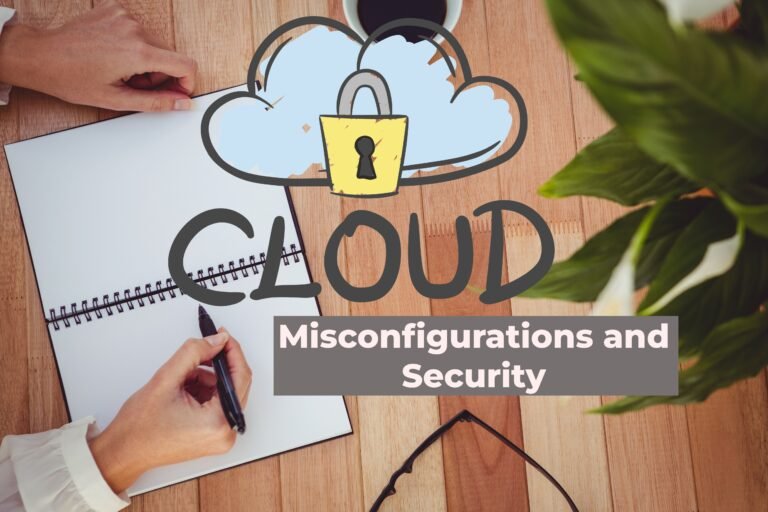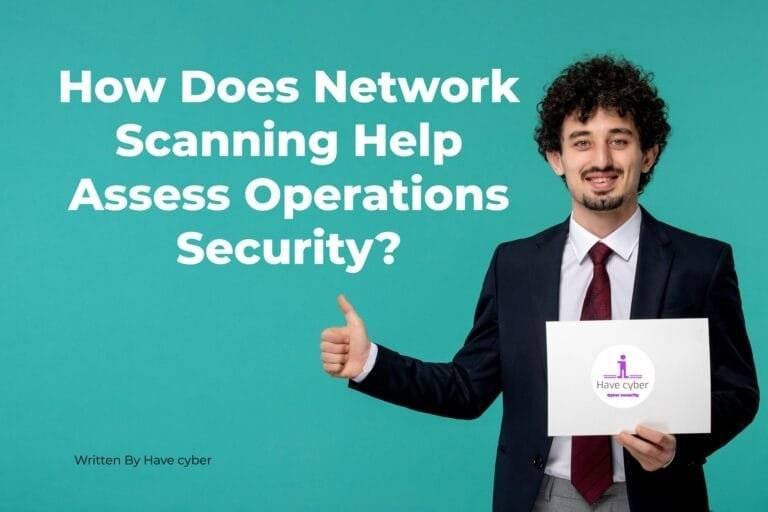What Are Cybersecurity Terms Used To Describe The Two Types Of Insider Threats?
Imagine a secret weakness in your company’s security, but instead of coming from outside hackers, it comes from people who already have access, like employees, contractors, or even past employees. These are “insider threats.” There are two main types of insider threats- Malicious insider threats: These insiders deliberately misuse their access to hurt the company. They might steal secret information, damage computer systems, or even spy on competitors. On the other hand, unintentional insider threats: These insiders are not malicious, but their carelessness creates security problems. Maybe they fall for a fake email scam, mess up security settings, or lose a device with important information.
Both types of insider threats can be tricky to catch because these people are already trusted and have access to important things. That’s why it’s important to be aware of them and take steps to prevent them.
Definition of Insider Threats
Imagine a security leak, but instead of a mysterious hacker online, the threat comes from someone already inside the company. These “insider threats” can be current or former employees, contractors, or even business partners who have normal access to computer systems and information. The problem is, because they already have the keys, they’re extra dangerous. Regular hackers have to break in first, but insiders can just walk right in and potentially cause a lot of damage.
Now, We briefly discuss the types of insider threats: There are two types
- The Malicious Insider- A Calculated Threat
- The Unintentional Insider- A Threat Through Negligence
The Malicious Insider- A Calculated Threat

Imagine someone you trust with your company’s secret files turns out to be an attacker That’s a malicious insider. These folks have normal access to everything, but they use it to hurt the company on purpose.
Here’s how they can cause trouble:
- Steal the good stuff: They might take valuable information like secret plans or customer lists.
- Mess with the systems: They could break things or shut down computers to cause problems.
- Spy on the company: They might steal information from someone else, like a competitor.
Malicious insiders are especially dangerous because they already have the keys. They know the company’s weaknesses and how to sneak around security. It’s like having a hidden back door nobody knows about.
There are many reasons why someone might do this:
- For the money: Maybe they want to sell the stolen information.
- Payback time: Maybe they’re mad at the company and want to hurt them back.
- Spying for someone else: Maybe another company or even a whole country wants them to steal secrets.
By understanding why these attackers do what they do, companies can make it harder for them to succeed.
Malicious insiders can be a big problem for any company’s computer security. These are people who already have access to the company’s systems and information, but they use it for bad things on purpose. This can cost the company a lot of money, hurt its reputation, and even lead to legal trouble. That’s why you need to understand these threats and figure out how to stop them.
In the next part, we’ll talk about another kind of insider threat: the accidental one. These are people who mess up unintentionally but can still cause problems.
The Unintentional Insider- A Threat Through Negligence
Accidental insider threats are different from the attackers we talked about earlier. These are people who mess up without meaning to. It can happen because they’re careless, don’t know the rules, or just make a mistake.
Even though they don’t mean to cause trouble, they can still cause big problems like data leaks or messing up computer systems. Here are some examples for you:
- Falling for tricks: They might click on a fake email that looks real and accidentally download something bad.
- Mixing things up: They might accidentally send a secret email to the wrong person.
- Losing stuff: They might lose their laptop or phone with important information on it.
A big reason why this happens is because people don’t always know the best way to stay secure online. Companies need to teach their employees how to avoid these tricks and mistakes. The more everyone knows, the harder it is for attackers to win.
Accidental insider threats might seem less scary, but they happen way more often than the attackers trying to steal secrets. That’s why it’s important to have a plan to stop them too. This plan should include a few things:
- Teaching employees the tricks: Regular training can help people learn how to avoid online scams and mistakes.
- Setting clear rules: Strong security policies let everyone know what’s safe and what’s not.
- Using security tools: Special programs can help catch mistakes and stop problems before they happen.
Prevention and Mitigation Strategies
Keeping your company’s information secure from insider threats, whether accidental or on purpose, requires a multi-layered plan. This includes using special computer programs to catch mistakes, having clear rules about what’s secure online, and regularly training employees to avoid tricks and follow best practices. Here’s what that looks like:
- Technical measures: Special programs can watch for suspicious activity, like someone trying to download a lot of data at night when they shouldn’t be working.
- Administrative controls: Strong policies tell everyone what access they have and how to keep information secure. This includes only giving people the permissions they need for their job, and checking those permissions regularly.
- Education and awareness programs: Regular training teaches employees how to spot online tricks, use strong passwords, and report any suspicious activity. This helps them avoid mistakes and keeps the company secure.
On top of everything else, it’s very important to create a happy and positive work environment where employees feel good. People who are upset with the company are more likely to cause problems. By listening to concerns and fixing problems quickly, companies can make it less likely that someone will intentionally cause trouble.
In conclusion
People who have access to a company’s computer systems can be a big security risk, even if they don’t mean to be! They can accidentally leak information or make mistakes that cause problems. Some people might try to steal information on purpose.
To prevent these problems, companies need a layered plan:
- Tech Tools: Special programs can watch for suspicious activity.
- Clear Rules: Strong policies tell everyone what access they have and how to keep information secure.
- Training for Everyone: Regular training teaches employees how to avoid tricks and mistakes.
On top of that, keeping employees happy helps too! People who are upset are more likely to cause trouble.
By following these steps, companies can make their computer systems much safer. The more everyone knows about these risks, the better protected the company’s information will be!
FAQs
Q: What are insider threats?
A: Insider threats are security risks posed by individuals with authorized access to an organization’s systems and data. These threats can be intentional (malicious) or unintentional (accidental).
Q: Are disgruntled employees more likely to be insider threats?
A: Yes, disgruntled employees can be at a higher risk for insider threats. Addressing employee concerns promptly and fairly can help reduce the risk of intentional sabotage.
Q: Can everyday actions by employees be considered insider threats?
A: Absolutely! Clicking on suspicious links, sharing sensitive information via personal email, or losing a laptop with company data are all examples of unintentional insider threats.
Q: How can social media contribute to insider threats?
A: Social media can be a tool for attackers to gather information about employees and exploit weaknesses. Employees should be cautious about what they share online, especially anything work-related.







